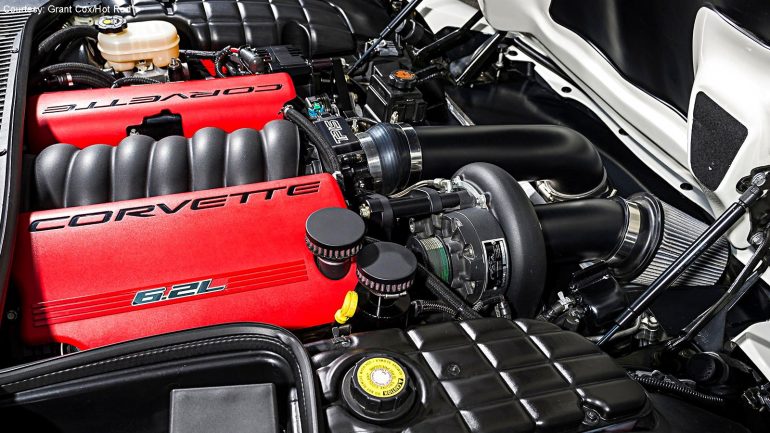2001 – 2004 Chevrolet LS6 Engine Ultimate Guide
In 1997, the LS1 small-block debuted as the standard powerplant for all C5 Corvettes, much to the delight of Corvette enthusiasts and critics the world over. GM’s LS platform quickly proved to be a viable extension of the manufacturer’s ongoing performance endeavors. However, almost simultaneously, engineering efforts were already underway to develop what would prove to be the LS1’s larger, more robust sibling, the LS6.
The LS6, which served as the motivating force behind the 2001-2004 Corvette Z06, bested the aforementioned LS1 in virtually every facet of performance and proved formidable, both on the track and street. Perhaps more importantly, this engine provided a glimpse into the LS platform’s future, and its ability to constantly evolve with the needs of any vehicle to which it would be introduced.
No Subscription? You’re missing out
Get immediate ad-free access to all our premium content.
Get Started



